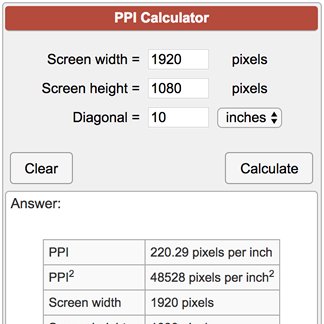

Video monitors: Video does not use dpi, but scanners do.Your scanner program surely shows you the same information. Scanning: It calculates the scanned output image size created if the area is scanned at the dpi resolution.This first simple calculator will serve these general purposes: The simple calculation for that acceptable image size for printing is: And we need to provide the necessary pixels. Different paper sizes are different shape. Sufficient pixels is important, but first cropping the image so that the image SHAPE actually matches the selected paper SHAPE is also a very important concern. A home photo editor "fit" typically is the opposite by default, not cropping at all, but leaving thin white space in one dimension if it doesn't fit precisely.Įither way, it is good if your plan properly prepares the image for printing. When the print and paper shapes differ, a print shop "fit" typically fills all of the paper, fitting one dimension to leave no unfilled white space border in the other. The image "shape" (which is width / height, called Aspect Ratio) likely rarely matches the paper "shape", which always needs attention first. Images have both size and shape properties. But it will not necessarily fit the paper "shape", which requires cropping attention done by you. This scaling will print at a new dpi which will fit the paper size. This can be borderless if so specified in the printer Properties. However, most photo editors will also provide an option to "Scale to fit media" or "Best fit to page", which will scale the image to fit the specified paper size (similar to the labs above). Hopefully, you have already properly scaled the image for your selected paper size. The dpi number that your digital camera initially stores in the image file is far from meaningful, it is just some arbitrary number, which will print SOME size, but not likely to be your own printing goal. For example, if an image dimension is 3000 pixels, then specifying that file number as 300 dpi printing resolution will print it to be 3000/300 = 10 inches print size (even if the paper is 4圆). But it typically will also allow changing that dpi, called scaling (to fit the paper size). If printing yourself at home, the Print menu in your photo editor normally does use the file's scaled image dpi number (pixels per inch) to size the images on paper (regardless if it matches the paper size at all).But if the provided image shape does not match the paper shape, the excess image outside the paper edges simply disappears, results may not be what you expected. Or, if too small (insufficient pixels provided), the print quality will be lower, and the lab may refuse worst cases. That's not necessarily a problem, except a far too-large image will be slow to upload. If your image dimensions are too large, the photo shop will first resample it to this smaller requested size. Planning ahead to avoid surprises by first cropping the image to match that paper shape, and also to provide enough pixels so that the result will be 250 to 300 pixels per inch will be a very good plan. If you order 8x10 inches, you will get 8x10 print size. They will ignore your dpi number already in the image file, and will recompute their own necessary "pixels per inch" value, to scale your image to their paper size. The photo printing shops where we order prints will offer a paper size, and will fill that paper with your image.There are two situations when printing images, depending on if print shops or home printing. It is important to note that the higher the PPI, the sharper the image will be.The dpi calculator is below, but first, some background concerns.

The PPI calculator is an essential tool for digital devices and is used to determine the clarity and resolution of the display. This is calculated as the inverse of PPI. The other parameter that can be calculated is the dot pitch, which is the distance between two pixels on the display. PPI: √ (Horizontal pixels ^2 + Vertical pixels ^2) Total pixels: Horizontal pixels x Vertical pixels To calculate the PPI of a device, you need to divide its total pixels (the width multiplied by the height) by its diagonal screen size.

The Horizontal pixels and Vertical pixels is the width and height of the display in pixels. The Diagonal screen size is the physical size of the display. The PPI calculator has three main components: Diagonal screen size (in), Horizontal pixels, and Vertical pixels. PPI is typically used to compare the relative resolution of displays and is usually expressed in terms of dots per inch (DPI). It is useful for determining the clarity of an image, video, or other digital media displayed on a device. A Pixel per inch (PPI) calculator is a tool used to determine the pixel density of a digital device.


 0 kommentar(er)
0 kommentar(er)
